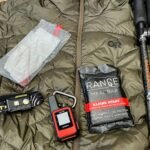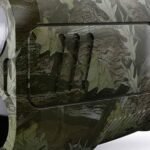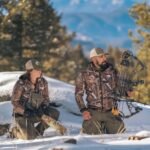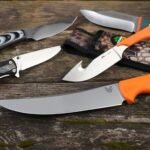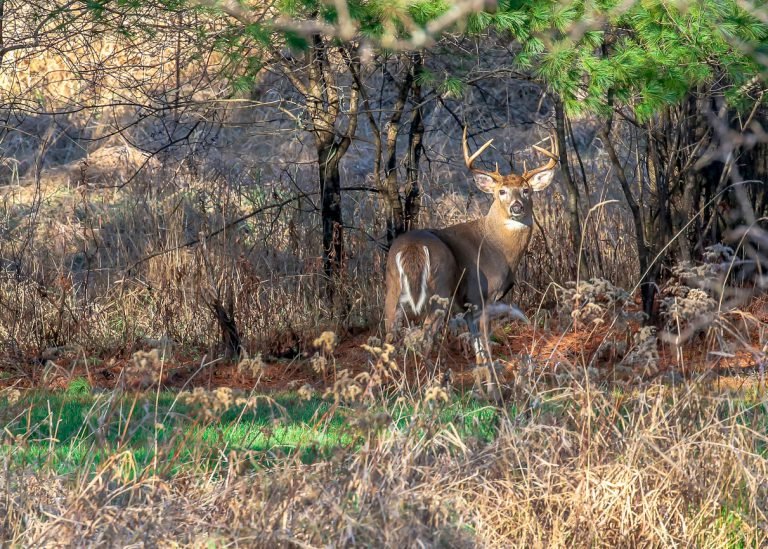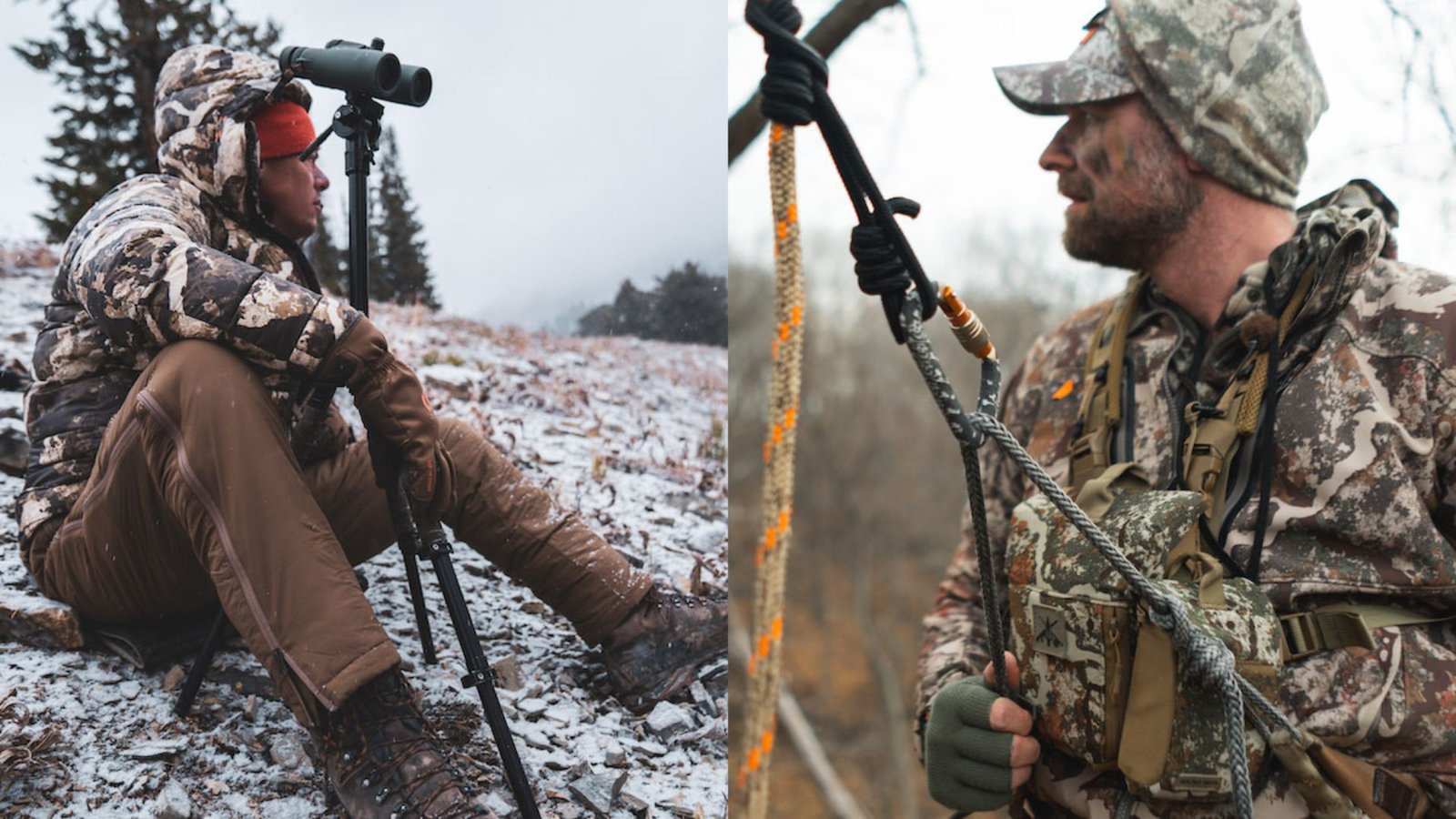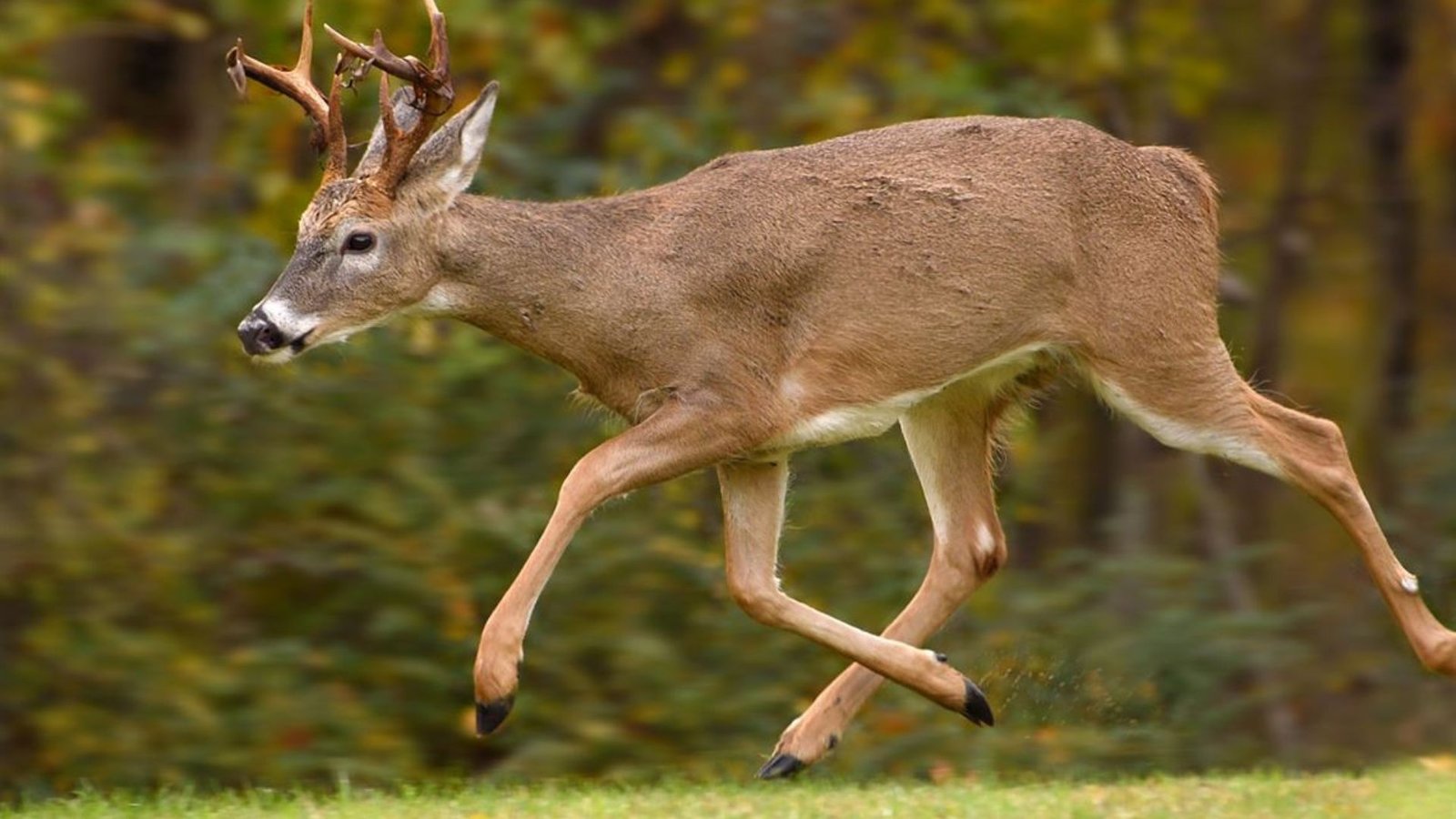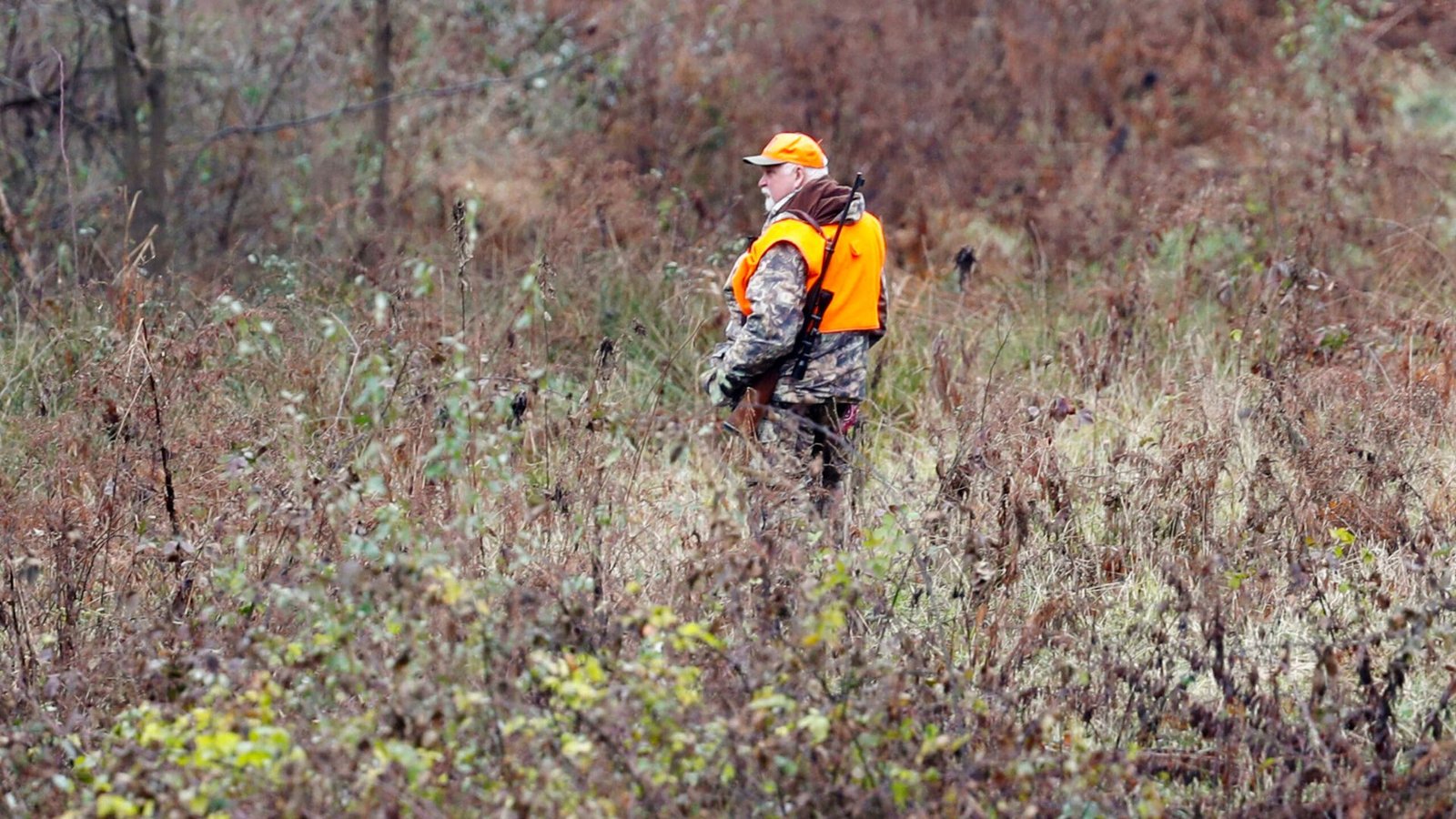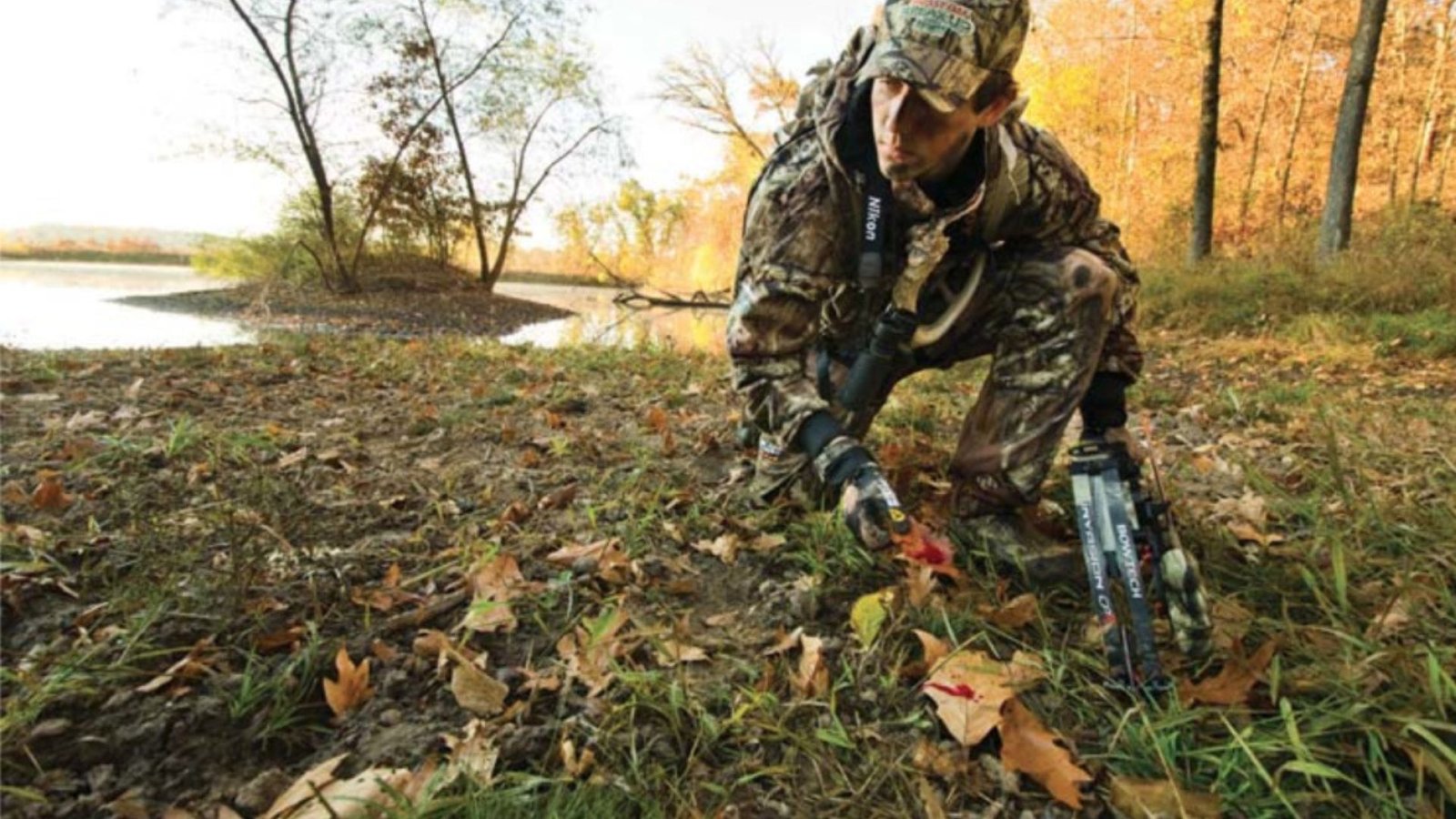Unlocking the Secrets of Deer Behavior
If you want to up your hunting game, understanding where deer rest and feed is key. By learning to spot these areas, you can plan your hunts more effectively and boost your chances of success. Let’s dive into the world of deer behavior and explore how to identify their bedding and feeding zones.
What Are Deer Bedding and Feeding Areas?
Before heading into the woods, it’s important to know what you’re looking for. Bedding areas are where deer rest and feel safe, while feeding areas are their dining spots. Identifying these zones allows you to anticipate deer movements and plan your approach.
Spotting Deer Bedding Areas
Dense Cover Is Key
Deer seek out spots with plenty of cover to protect themselves from predators. Look for thick brush, tall grass, or clusters of shrubs. These areas offer both camouflage and comfort.
Flattened Grass and Leaves
Keep an eye out for flattened patches of vegetation. These are clear indicators of bedding areas, especially if they’re sheltered and hidden.
Sunlit South-Facing Slopes
In colder weather, deer often bed on south-facing slopes that receive ample sunlight. These spots provide warmth and a good vantage point.
Signs of Activity
Bedding areas frequently have droppings, tracks, and sometimes even fur. Analyze the size and direction of tracks to learn more about the deer’s habits.
Finding Deer Feeding Areas
Food Sources Are a Magnet
Deer feed on acorns, corn, soybeans, and other vegetation. Scout for signs of feeding, such as chewed plants, trampled areas, or discarded shells.
Rubs and Scrapes
During mating season, bucks mark their territory with rubs and scrapes. These signs often appear near feeding zones and can point you toward active areas.
Water and Food Go Hand in Hand
Feeding areas are often close to water sources like streams, ponds, or creeks. Deer prefer locations where they can eat and hydrate without traveling far.
Pro Tips for Tracking Deer Between Zones
Follow the Trails
Look for well-trodden paths connecting bedding and feeding areas. Deer frequently use these trails, leaving behind hoof prints and broken branches.
Focus on Edges
Transition zones, such as where forests meet open fields, are prime spots for deer movement. These areas offer a mix of cover and easy access to food.
Use Technology to Your Advantage
Game cameras can be your best friend. Set them up along trails or near suspected feeding and bedding areas to monitor activity and refine your strategy.
Why This Matters for Hunters
Understanding where deer rest and eat helps you:
- Stay Ahead: Anticipate movements by focusing on high-traffic areas.
- Save Time: Target your scouting efforts in productive zones.
- Improve Accuracy: Position yourself for better shot opportunities.
Wrapping It Up
Tracking deer becomes much easier when you know how to spot their bedding and feeding zones. By observing natural signs, leveraging tools like cameras, and staying patient, you’ll be better equipped for a successful hunting season. Take these tips with you on your next outing and watch your tracking skills grow.



